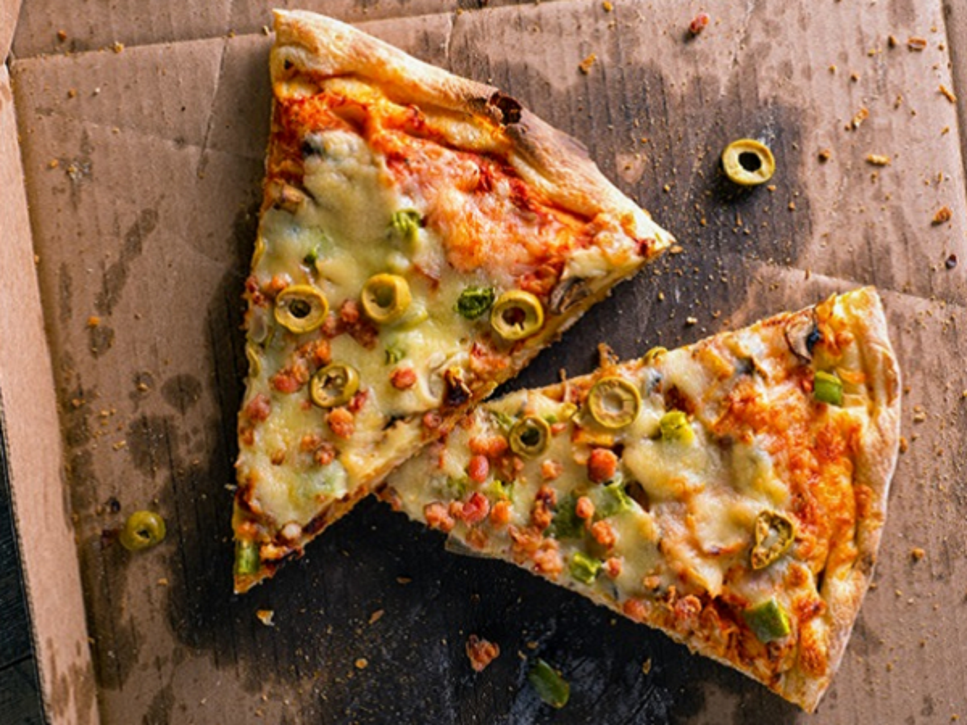Saving leftovers to eat later is a great way to avoid overeating while also saving money and fighting food waste. If you're saving dinner for later, make sure you properly refrigerate and reheat the leftovers.
Before you reheat and eat, follow these simple steps to reduce your risk of food poisoning.
- Do not let leftovers sit at room temperature for longer than two hours.
- Store leftovers that need reheating in the fridge (set at 40°F or below according to a refrigerator thermometer) in a clean, airtight container. Many leftovers can also be stored in a freezer (set to 0°F).
- Reheat leftovers to 165°F. A food thermometer is the only reliable way to ensure safety and determine the doneness of cooked foods.
- Be sure to label leftovers to keep track of when they were made. And remember, when in doubt, throw it out!
What Type of Meal Reheater are You?
- Refrigerator Raider. When it comes to refrigerators, many Americans don’t know what temperature to set theirs to. Don’t let bacteria shorten your leftovers' life — use a refrigerator thermometer to make sure your fridge is always set below 40°F.
- Repeater Eater. Many people reheat leftovers before eating them — versus nibbling them cold right out of the fridge. But do you use a food thermometer to ensure doneness of reheated leftovers? Next time you reheat, use a food thermometer to make sure food reaches the proper internal temperature of 165°F before you eat.
- Pizza Prowler. Believe it or not, some people admit to eating leftover pizza from the night before… when it hasn’t been refrigerated overnight! Pizza, like all perishable foods, follows the two-hour rule: If pizza has been sitting at room temperature for more than two hours, toss it!
- Doggie Bag Diner. Who says you can’t take it with you? When eating out, many restaurant patrons leave at least some of the time with a doggie bag or leftovers to eat for another meal. If you’re a doggie bag diner, write the date of purchase on your take-out container — and remember to discard leftovers within three to five days.
- Microwave Maniac. The most popular use for microwaves is reheating leftovers. If your microwave isn’t equipped with a turntable, you may need to take extra precautions to make sure leftover food is cooked throughout. First, make sure to cover foods before reheating. When cooking in the microwave, rotate food one-half turn midway through the heating time and give it a stir to eliminate cold spots where bacteria can survive. Then let food stand for at least two minutes before inserting a food thermometer to ensure food has reached the proper internal temperature of 165°F.
- Dinner Defroster. Nearly half of Americans use their microwaves to defrost frozen meat. Since juices from raw meat may carry harmful bacteria, dinner defrosters should take special precautions to avoid cross-contamination. Use separate plates — one to defrost meat and another to serve cooked meat — or wash plates in warm, soapy water between uses to eliminate bacteria.
References
Find a Nutrition Expert
Looking for credible nutrition information and recommendations? The Academy of Nutrition and Dietetics' network of credentialed food and nutrition practitioners are ready to help!

